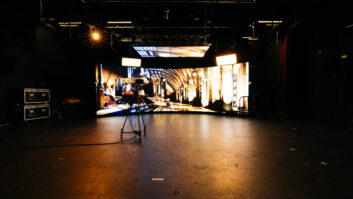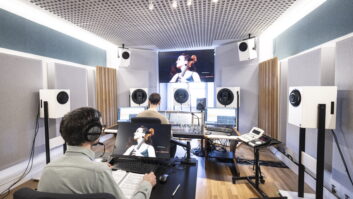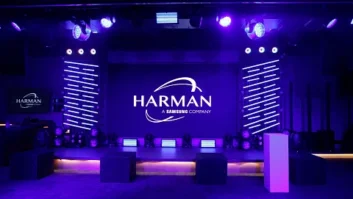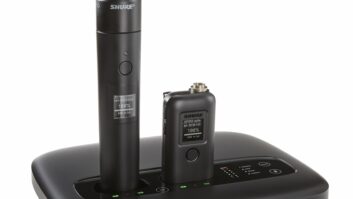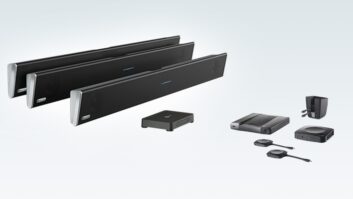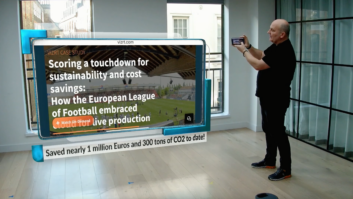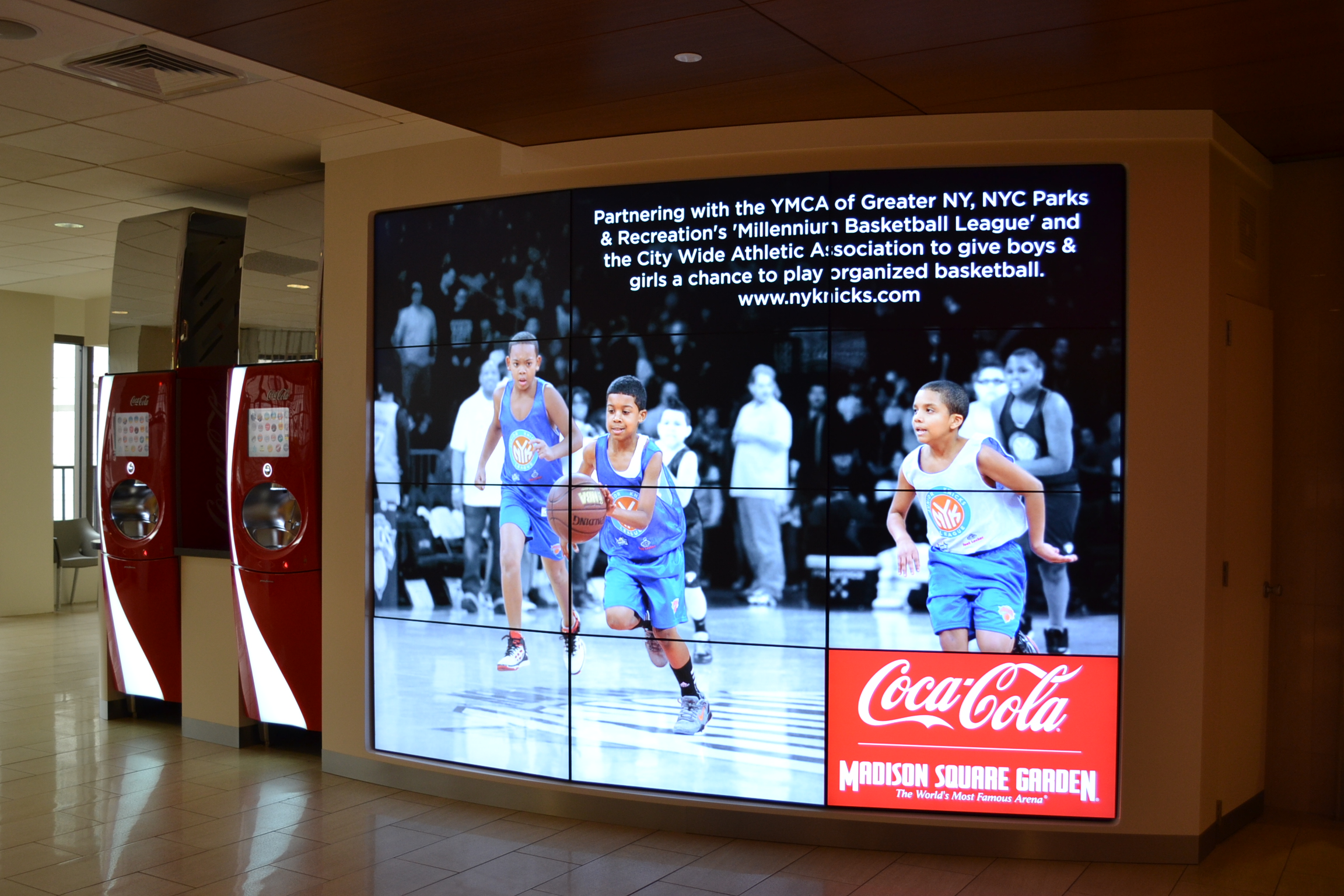
Stuart Hetherington, CEO at Holovis reveals the technologies that will be at the heart of the next generation shopping experience, and the importance of good planning to get the most of new solutions.
What are the main challenges when designing and installing solutions for retail as opposed to other environments?
This is a really exciting time for AV in retail as spaces are transitioning from being dry showrooms to content rich, experiential environments. We are now in a phase of discovery to identify what this next generation shopping experience looks like. We think it lies in more meaningful interaction, smart connectivity and less intrusiveness. Designers need to embrace the revolution of internet price checking and bring this in to the solution.
Challenges include access as often shops can’t fully shut down to allow for refurbishments to take place. Integrators need to think about phased approaches that allow some areas to stay open.
Which technologies are you seeing an increased demand for in retail?
The focus is on solutions that support the challenge of online shopping to bring people back to the high street. We are calling this the Extended Experience where an app can integrate and connect the real and virtual worlds using a mix of functional tools, for things like price checking and Mixed Reality techniques to immerse people into the brand. This keeps people engaged while they are shopping, connects the two experiences and creates talking points that will be shared across social media platforms, therefore expanding the reach. Certain games or activities can also be accessed outside of the store environment, keeping the brand alive even as people are at home with incentives for them to return and become the all important loyal customer.
Are retailers more interested in technology that provides accurate information on customer behaviour and demographics or tech that improves and personalises the customer experience?
Data collection and a personalised experience must go hand in hand. When using techniques like AR from a bespoke brand app, the fiducial triggers in a space can remain the same, but the app can be personalised so that depending on the demographical data people have shared, points they have scored or journeys they have taken, each person sees something different. The data is then cleverly captured through the experience and people are happy to share for the mutual benefit, be that entertainment or increased knowledge for better decision making.
What makes the biggest difference between a retail project being profitable and unprofitable?
From an operation perspective, good planning, the right design for the demographic and the implementation of technology. It is very noticeable if the technology is simply being used for the sake of it as it feels cumbersome and unnatural, this will lead to low adoption and no increased use, two fundamentals in profitability.
From a customer perspective, the right technology needs to be used for the right kind of engagement. This is all about knowing your audience and what the experience should be for them. It is also essential to stay true to the brand and embrace its core messages throughout, otherwise the efforts become meaningless.
What advice would you give AV integrators looking to work on retail installations?
The first step is to truly understand the client’s needs and deliver the best solution to achieve those. That may sound simple but often conversations start with clients saying things like ‘we need a virtual reality set up’ whereas that often proves not to be the best approach, especially if they also want to embrace group experiences. Designers need to get to the heart of a brand and respect those values.
The use of AV in stores must complement the brand and not detract from it or shadow the actual offering in any way. Digital signage is no longer a platform for static messaging, it must be integrated with the customer experience and tie in to BYOD capabilities and social sharing as the next generation of shoppers are no longer walking around stores looking at the signage, they are looking at their phones. Therefore alternative uses and ways of reengaging them must be the focus.
